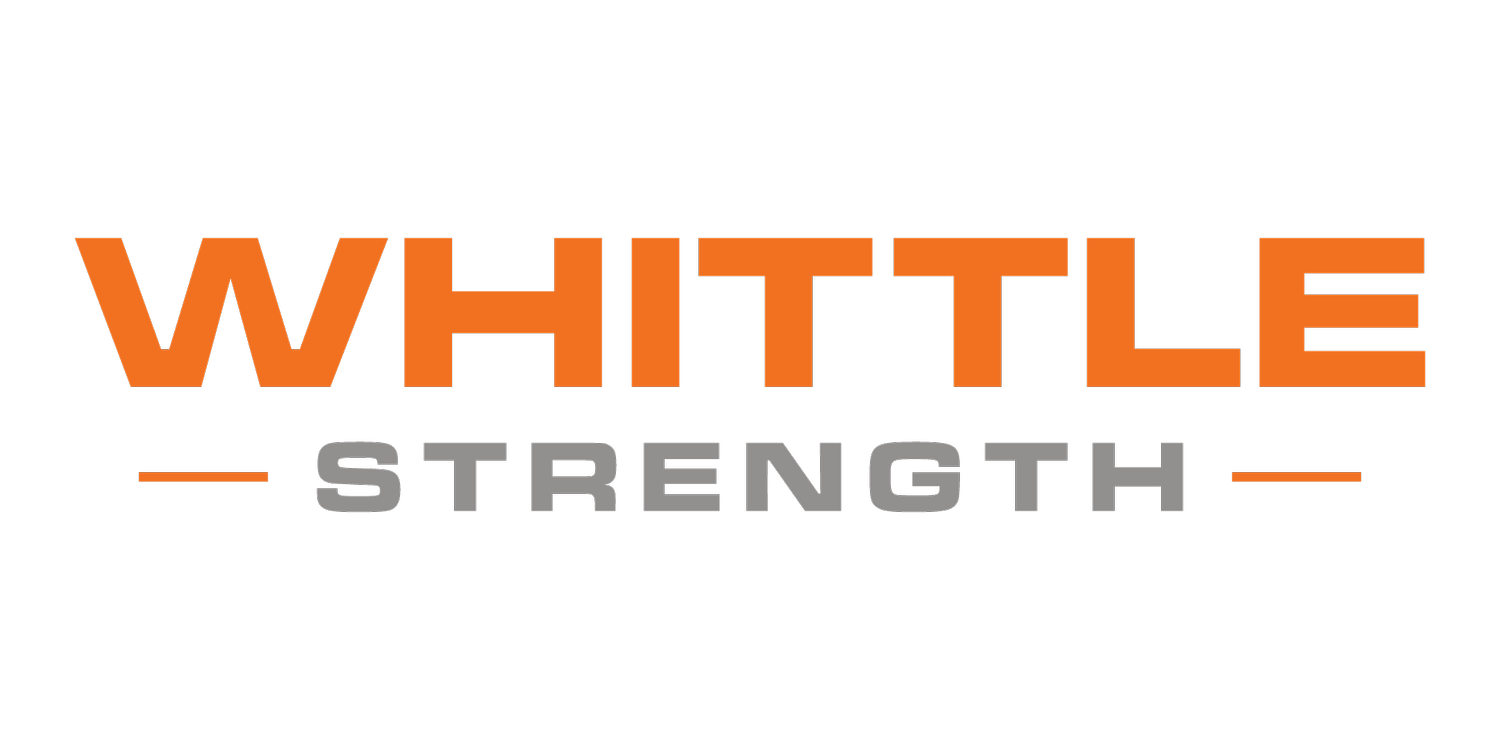BUILDING HABITS INTO THE NEW YEAR
January 1st, the time of year when people buy a new gym membership and aim to make it part of their lifestyle, or pay a high end dietician and promise to stick to their new meal plan. The time of year when people swear to give up drinking every night, give up smoking a pack a day, or even make the resolution to limit junk food or soda to 1x a week…but most people fail to stick to their New Year’s resolutions.
Why is this?
In today’s world, people want results faster than ever, and are willing to take as many short cuts as needed. However, as appealing as an instagram ad claiming to help you lose 25 pounds in 1 month sounds…it is unrealistic and not sustainable in the long term. People want to jump ahead in time to the final result, rather than taking the small steps or milestones needed to reach their long term goal. Instead, you should develop a strategic plan that is composed of small goals (or steps) that will help you turn your goal into a long-term, sustainable habit. Using the tool “SMART” is one step in the right direction.
What are SMART goals?
SMART stands for: Specific, Measurable, Achievable, Relevant, and Time-bound. Using this tool when writing out your plan will provide you with a strong framework for how you will achieve the results you want. If you don’t have a set plan or something to work towards you are likely to get lost and lose motivation. Setting SMART goals will help to keep you motivated and keep you on the right track!
Specific: Make the long-term goal as specific as possible. Rather than saying, “I want to lose weight”, say “I want to lose 15 pounds in 3 months by exercising and tracking my macros”. Then develop short-term goals that will help you get there. For example, “I will start weight training 2x a week”. Another specific goal could be, “I will cut my calories to 1,800 and track my macros by using a food scale”.
Measurable: The goal needs to have a way of tracking. For example, you can weigh yourself at the beginning of each week to see a consistent downward trend. You can also measure your macros by using a food scale to make sure what you are eating is as accurate as possible. You can also measure your training by writing down the weight you lifted and increasing the weight, sets, or volume overtime. Lastly, you can also measure cardio by tracking the distance you walked, ran, biked, etc. To add, Apple watches are very convenient because they can even track the calories you burned in a day as well as the number of steps you have taken. For example, maybe a daily goal of yours is to hit 10,000 steps a day.
Achievable: The goal needs to be realistic, 15 pounds in 3 months is way more attainable than 15 pounds in 1 month. If you currently do not weight train, saying you are going to the gym 5x a week and running 3 miles a day is not attainable in the long-term. You’ll quickly burn yourself out and lose the motivation to continue (not to mention increase your risk for injury!). However, saying you want to start weight training 2x a week and overtime build up to 3x and eventually to 4x a week, with running 1-3 miles only 2x a week is much more realistic.
Relevant: Exercise and nutrition are both essential to weight loss. Saying you want to just cut out soda to lose 15+ pounds is not enough to get the results you desire. Or saying to lose 15 pounds you are going to start taking protein powder daily (but aren’t changing anything else) is not relevant to actually losing 15+ pounds.
Time-bound: Give yourself a timeframe. “I want to lose 15 pounds in 3 months”. This is your long-term goal. Now set short-term goals, “the first month I will train 2x a week”. After this your new short-term goal could be “The second month I will weight train 3-4x a week”. You could also say, “I want to lose 5 pounds each month”.
By setting a structured, well thought out plan using SMART goals, you will help set yourself up for success into the New Year.
Share this post:


